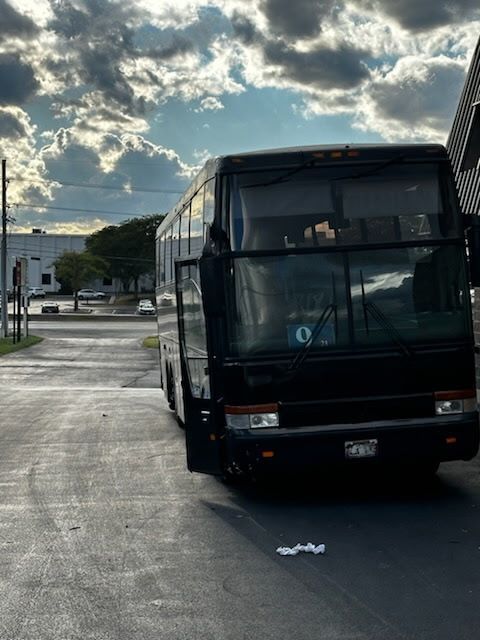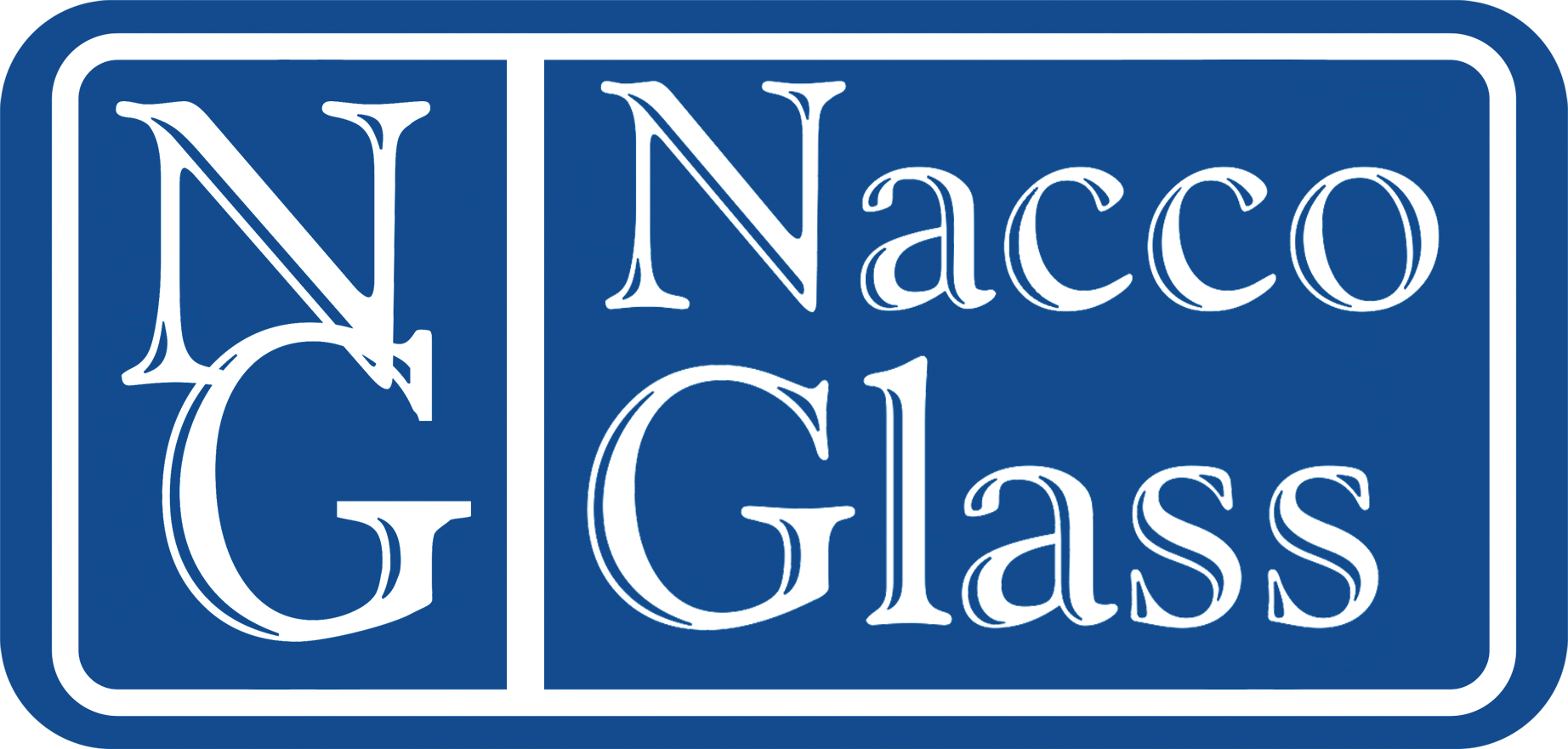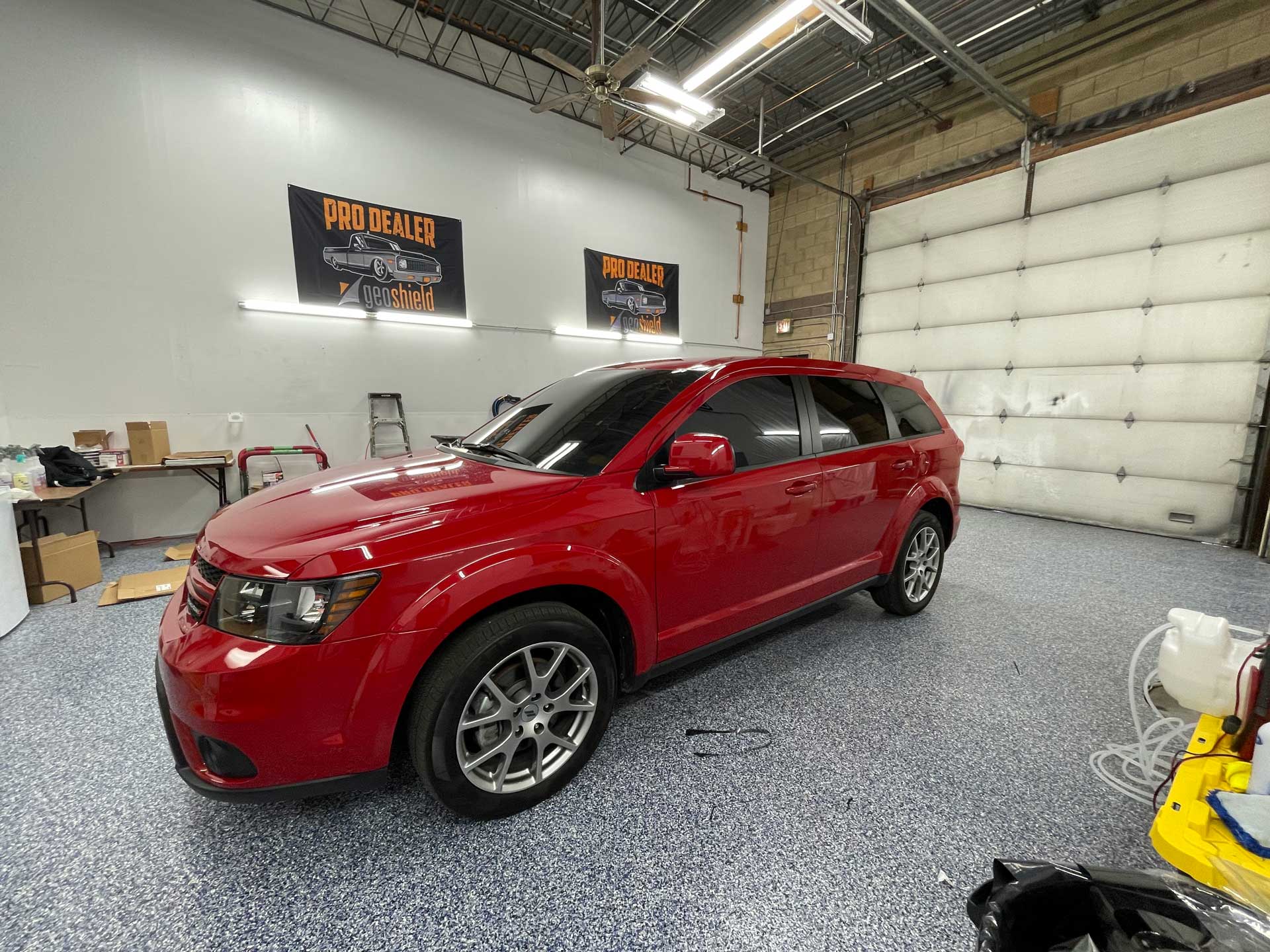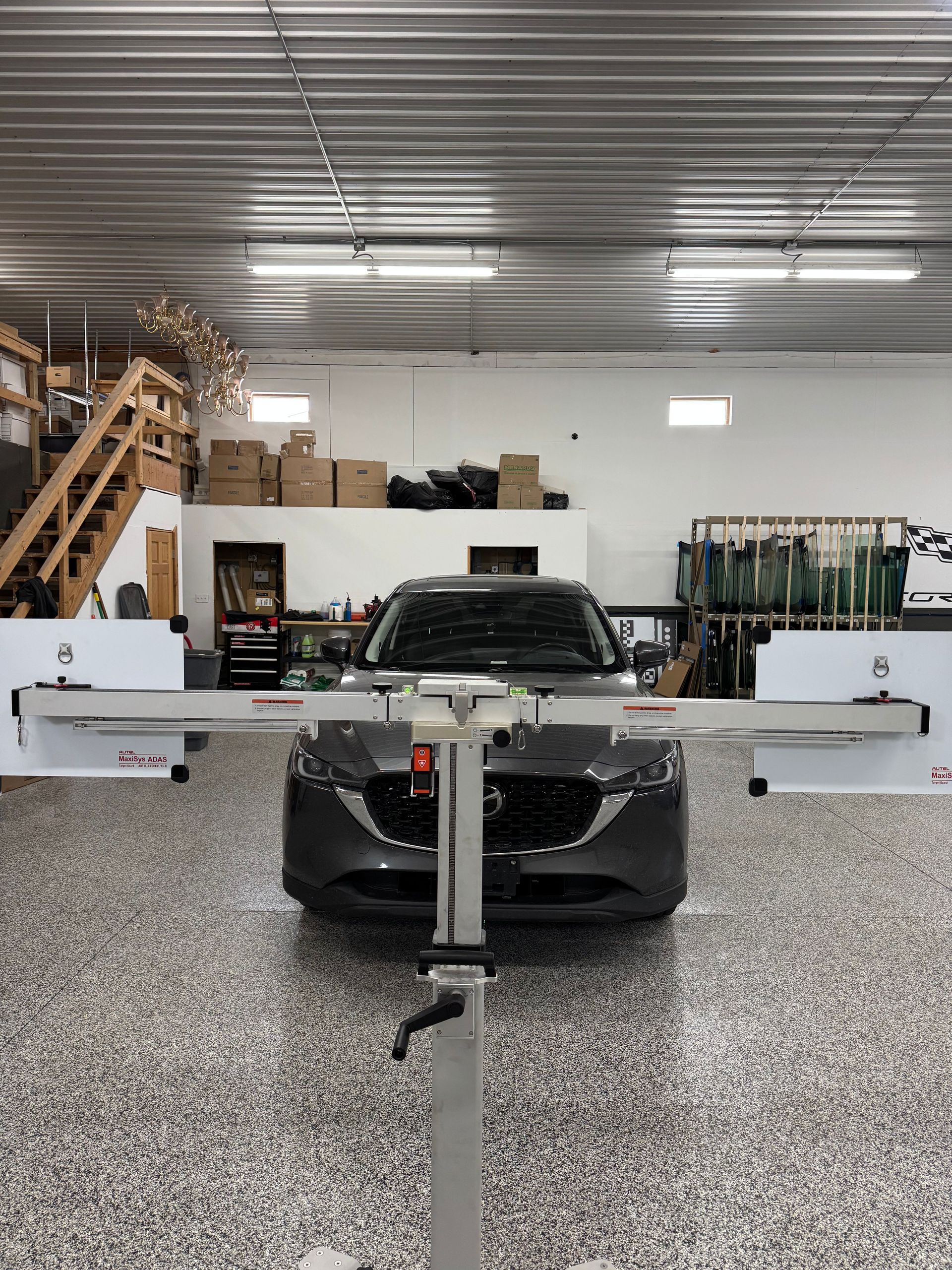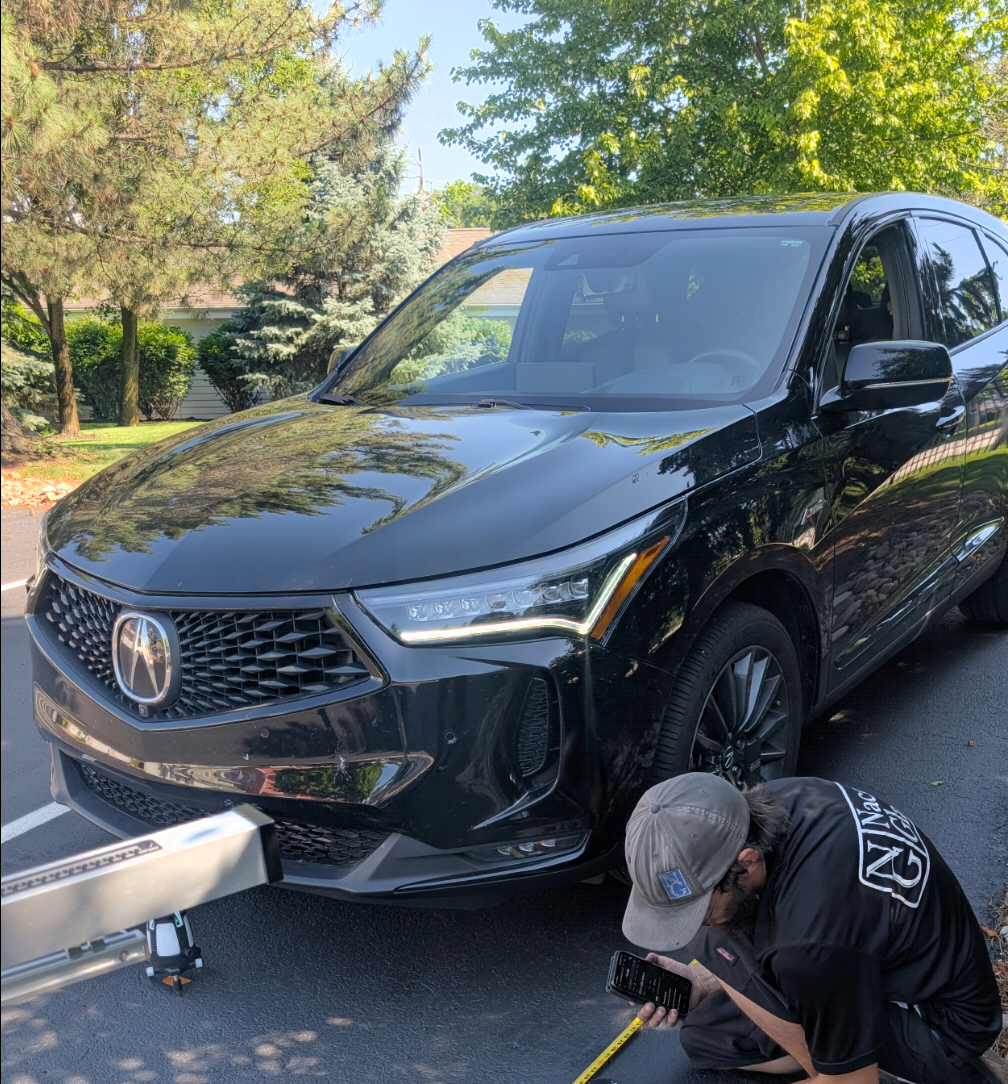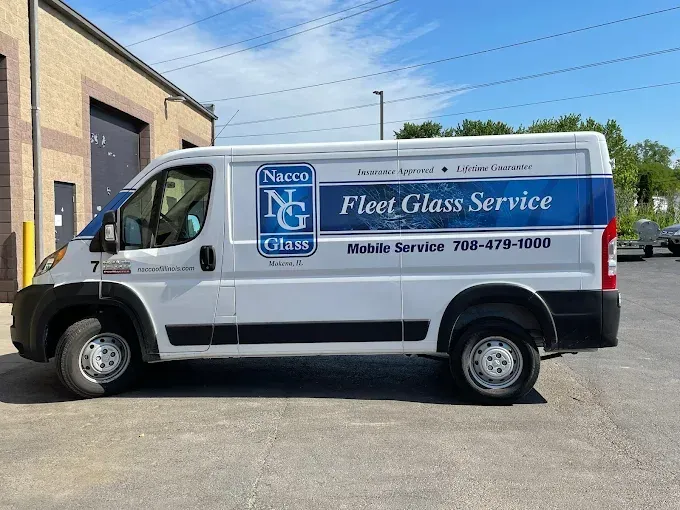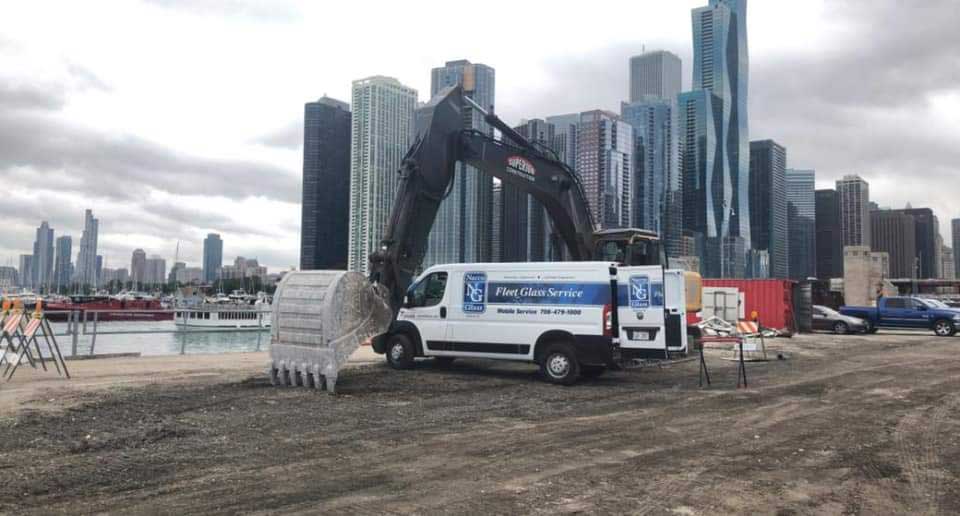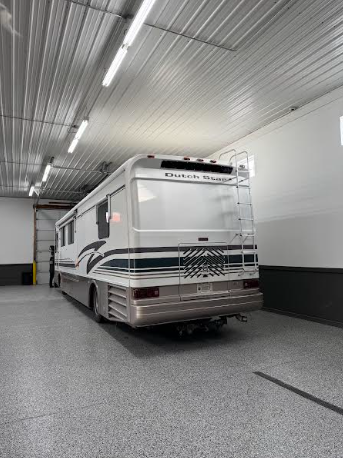Replacing Broken Bus or Charter Bus Glass: What to Know
What You Need to Know About Bus Glass Replacement
Bus and charter bus travel provide a convenient, cost-effective, and environmentally friendly way to transport groups for various events, whether it’s a school trip, corporate outing, or recreational tour. However, like any vehicle, buses are susceptible to damage, and one of the most common issues is broken or damaged glass. Whether it’s a cracked windshield, shattered side windows, or rear glass, understanding the process and considerations involved in replacing bus glass is essential for operators, passengers, and maintenance teams. Here’s what you need to know about replacing broken bus or charter bus glass.
Assessing the Damage
The first step when encountering broken bus glass is to assess the extent of the damage. Small cracks or chips may seem minor, but they can compromise the glass's integrity and impair clarity. In many cases, a crack extending across the windshield can obscure the driver’s visibility and pose a safety risk. If the damage is significant, such as large shards or a shattered window, it’s crucial to replace the glass promptly to ensure passenger safety and prevent further damage.
Legal and Safety Regulations
Bus and vehicle glass replacement is subject to specific safety standards and regulations. In the United States, for example, the Federal Motor Vehicle Safety Standards (FMVSS) specify requirements for windshield and window materials, bonding methods, and visibility. These standards require that all replacement glass meet or exceed the original manufacturing specifications to ensure proper visibility, strength, and durability.
Additionally, many states have inspection requirements to ensure that bus glass replacements comply with safety laws. Failing to replace broken glass correctly can result in legal penalties, fines, or suspension of the fleet. Bus operators must collaborate with certified auto glass replacement specialists who are familiar with the regulations in their area.
Choosing the Right Replacement Glass
Not all auto glass is the same. When replacing bus or charter bus glass, especially the windshield, it is crucial to select the correct replacement glass. Most bus windshields are made of laminated glass, which consists of two layers of glass with a plastic interlayer that holds the shards together if the glass is shattered. This design enhances safety.
Side and rear windows are typically made of tempered glass. Tempered glass is designed to break into small, blunt pieces rather than sharp shards, thereby reducing the risk of injury. When selecting replacement glass, ensure it is the correct size, shape, and material specified by the bus manufacturer. Using incorrect or low-quality glass can compromise safety and longevity.
Professional Installation is Key
Attempting to replace bus glass without proper training and equipment is risky and may lead to improper installation, leaks, or further damage. Professional bus glass replacement teams have specialized tools, adhesives, and experience to complete the job efficiently and safely. Proper installation ensures that the glass is securely bonded, maintains structural integrity, and complies with safety standards.
Some bus manufacturers recommend using specific adhesives or bonding agents that have been tested for durability and safety. Only certified technicians should carry out this work. Furthermore, professional installers perform a thorough inspection afterward to ensure the replacement is flawless and ready for service.
Timing and Cost Considerations
Prompt replacement of broken bus glass is crucial to keep the vehicle operational and avoid delays in scheduled services. Many bus operators keep a stock of standard replacement glass or work with mobile glass repair services to expedite the process.
Costs vary depending on the type of glass, the bus model, and whether parts are in stock or need to be ordered. While replacing bus glass can be an investment, neglecting to repair damage can lead to more significant issues, including safety hazards, legal penalties, and costly downtime.
Preventing Future Damage
While accidents happen, some damage can be avoided through careful driving and proper maintenance. Regular inspections can identify small chips or cracks early, allowing for repairs before they worsen. Additionally, being vigilant about road conditions, such as avoiding debris and rough terrain, can help prevent damage to the bus’s glass.
Do You Manage a Fleet of Buses or Charter Buses in the Mokena, IL Area?
If you manage a fleet of
buses, whether chartered or otherwise, in
Orland Park,
Joliet, IL, or
Crown Point, IN, contact us at Nacco Glass. We’re a family-owned and operated business with more than three decades of experience servicing auto glass for buses.
